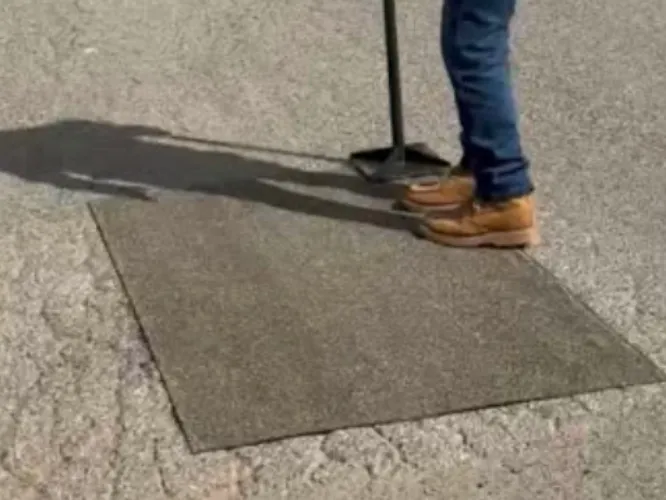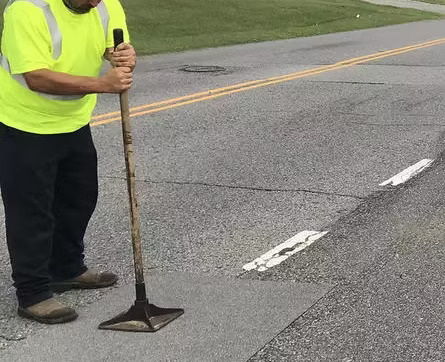
American Road Patch Is the CHEAPEST Way to Repair Potholes (& more): Here's Why.
Recently, we heard American Road Patch referred to as a premium-priced product.
Honestly, we were puzzled.
Sure, it costs a little more upfront.
However (and this is a BIG 'however'), you’re saving incredible amounts of money by avoiding re-repairs. Seal the repair once with American Road Patch, and it’s done. Without American Road Patch as the last step in pothole repair, you’re revisiting the same pothole over five times per year, and often more.
Let’s dig in.
The State of U.S. Roads: A Crisis in Repair
According to the American Society of Civil Engineers (ASCE), about 43% of public roads in the United States are in poor or mediocre condition. With the total mileage of public roads at 3.95 million miles, that means a staggering 1.7 million miles are in need of maintenance or repair. Temporary pothole fills and low-durability patches dominate these efforts, leading to an endless cycle of re-repairs. This is not only frustrating but incredibly wasteful.
The Savings Are Staggering
Let’s talk numbers.
Traditional repair methods are COSTLY when you account for all the re-repairs, often the same potholes need to be refilled 5+ times a year.
By switching to American Road Patch, which offers longer-lasting results (usually up to 5-10 years), public works departments could have an 81% cost savings!
The math doesn’t lie. The savings are significant. Over time, using American Road Patch is the MOST cost-effective solution on the market.
Here’s a clear breakdown of the savings. Numbers are based on real-world scenarios.
The United States has approximately 55 million potholes nationwide. To simplify, we’ve calculated the savings using a baseline of 1 million potholes (the average a state may have at any given time).
Using American Road Patch means significantly fewer repairs, saving both time and money while reducing road disruptions for drivers.
Why Aren’t We Using Better Methods?
If solutions like American Road Patch exist, why are they not standard practice across the country? Based on feedback on several of our viral posts on social media, many in the public believe that outdated methods are used intentionally for job security in public works departments. While we can’t confirm these accusations, one thing is clear: if they are true, people are catching on.
The public is demanding better, and they’re no longer tolerating ineffective solutions that cost more in the long run. As these conversations grow louder, municipalities are being forced to rethink their approach.
Proof Is in the Demand
Our growth in distribution and demand proves that drivers and taxpayers alike are demanding change. American Road Patch is gaining traction because people want repairs that last. The public is tired of seeing the same potholes reappear after every rainy season, and our rising sales and distribution reflect this shift. Public works departments must adapt or risk losing public trust.
A Solution People Want
American Road Patch is leading the charge with a lasting repair method that works. It’s designed to reinforce and strengthen road repairs, preventing repeat fixes and saving millions in taxpayer dollars.
Our rise in sales and distribution reflects this shift: people want solutions that work and are urging public works departments to listen.
Watch the Savings in Action
We’ve compiled a video to showcase the incredible impact of American Road Patch on road repair costs. Check it out to see how switching to ARP can transform budgets and repair outcomes:
The Time for Change Is Now
Road repairs don’t have to be a money pit.
With options like American Road Patch, we can make repairs smarter, cheaper, and more effective.
The math proves it, the public demands it, and the time for change is here. Let’s stop wasting resources on fixes that don’t last and start investing in solutions that do.
